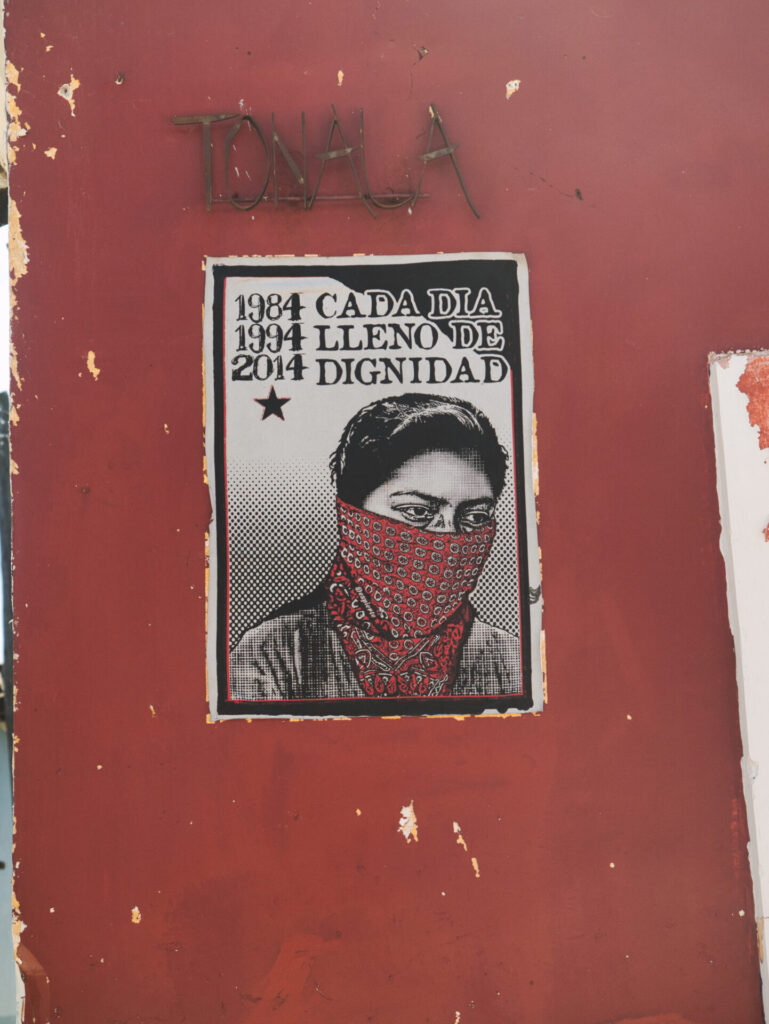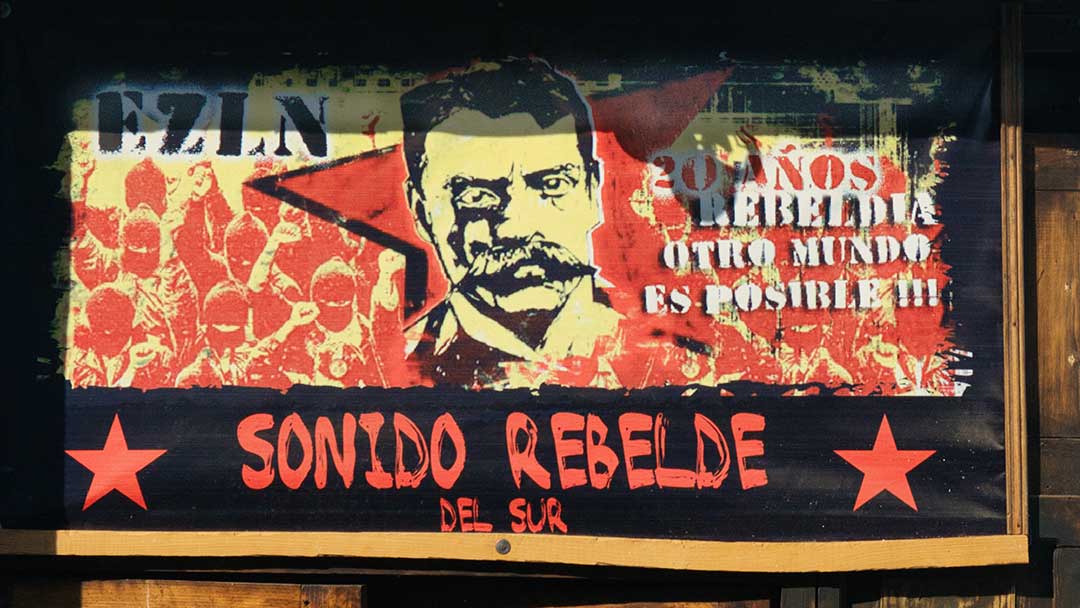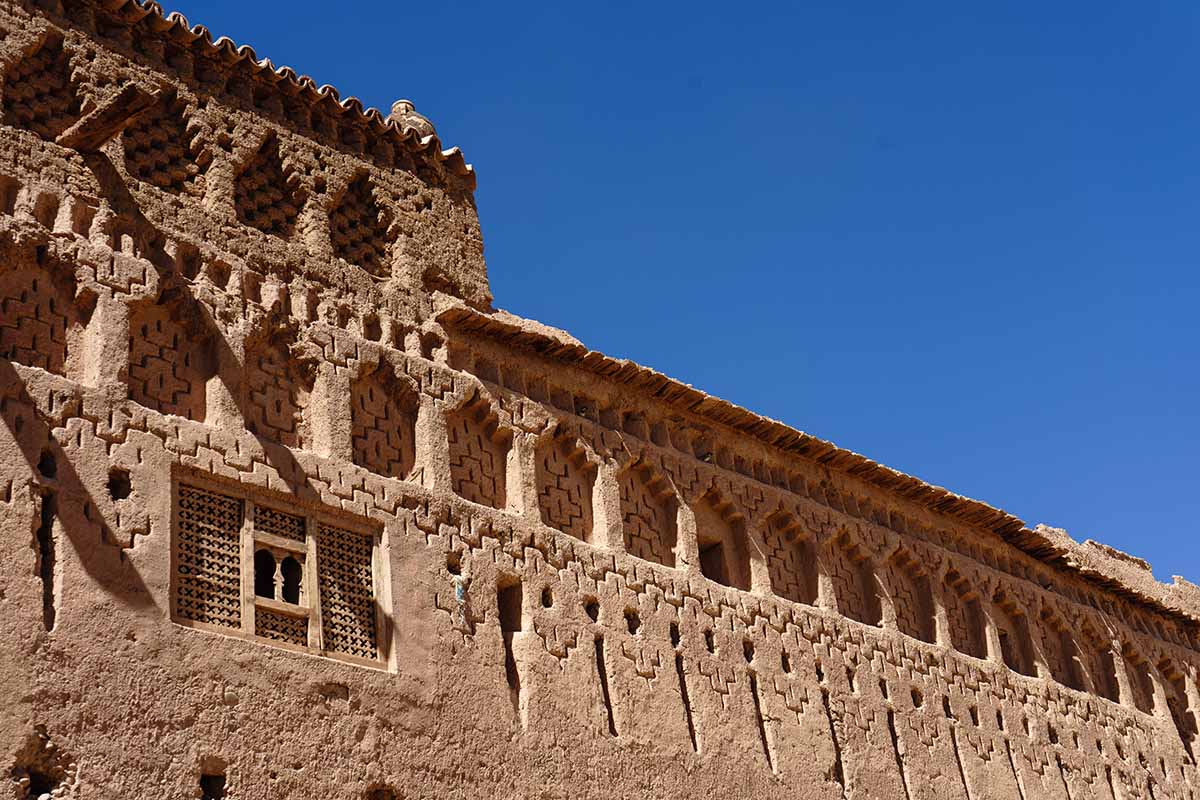Smoke rises from the hundreds of candles burning on tables or a floor covered with pine needles. I strained my eyes to see the altar through the smoky haze.
The Mayan-descended Tzotzil people kneeled and prayed in front of the candles. The congregants face all directions in this spacious Catholic Church without pews. I feel transported but to where?
Praying individuals crowd the hall. One side displays statues of saints staring down at the believers.
At the front, they cover the small altar with balloons tied from it to the roof. Wide ribbons flow down from each side, tied from the roof’s peak to the top of the wall below, thus forming an inverted “V” shape.
Some men wear thick wool black or white ponchos tied with either a wide leather belt or a wide piece of white or red cloth. The women dress in embroidered blouses and woollen dresses.
Here, Catholicism meets the traditional Mayan religion, where their ancient healing rituals are adapted to their current needs. They killed the priests over a hundred years ago.

I hear crowing. A rooster crows and cries for help from the whitish sac that imprisons him. Some still practice animal sacrifice, and the chicken must await his fate. No more sunrises for him.
Groups of mesmerized tourists pass, oblivious to the poor cock. All wish they could pull out their cameras. For me, the temptation is great, but I resist.
The Church forbids photography, and taking a photo could bring a violent reaction. The Tzotzil still possesses suspicious feelings toward outsiders. In addition, many believe photos would capture their two souls. These include a ch’ulel and a wayhel. The ch’ulel represents the personal soul, while the wayhel is a shared wild animal with the wayjei. Whatever happens to the animal spirit in everyone’s life also happens to the individual and the reverse.
I leave after 30 minutes of enthralment and head for the street sellers. They sold Zapatista dolls in the markets, spilling down the streets outside the Church. They covered these small rag dolls in black, holding a rifle with only their eyes exposed, thus displaying the mystery of these mountain towns whose people shed the external world.






